Introduction
In the realm of culinary delights, braised dishes often occupy a special place, offering a rich, flavorful, and comforting experience that transcends cultural boundaries. Among the myriad of braised meats, pig’s head meat, or “猪头肉” in Chinese, stands out for its unique texture, deep-set flavors, and versatility in recipes. While it might not be a staple in every household’s repertoire, its popularity in certain regions, especially in Asian cuisines, speaks volumes about its appeal. This guide aims to demystify the process of braising pig’s head meat, providing a step-by-step approach that ensures a succulent, aromatic dish that will delight even the most discerning palate.
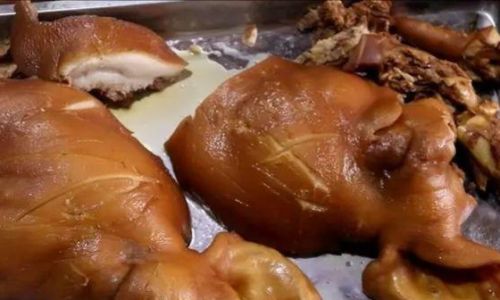
Understanding Pig’s Head Meat
Before diving into the braising process, it’s crucial to understand the nature of pig’s head meat. This cut encompasses various parts, including the cheeks, ears, snout, and brain (optional), each offering a distinct texture and flavor profile. The cheeks and ears, in particular, are highly prized for their tender, gelatinous consistency when cooked properly. Pig’s head meat is rich in collagen, which, when slow-cooked, breaks down into gelatin, giving the dish its signature mouthfeel and nutritional benefits.
Selecting the Right Pig’s Head
-
Source and Freshness: Start with a reputable butcher or supplier who can ensure the freshness and quality of the pig’s head. Look for a clean, odorless exterior with firm, elastic flesh.
-
Size and Weight: Generally, larger pig’s heads yield more meat, but the cooking time will also increase. Choose a size that suits your needs and cooking equipment.
-
Inspection: Examine the head closely for any signs of damage, discoloration, or bruising. Ensure that the eyes, nose, and teeth are intact and free from disease marks.
Preparation Before Braising
-
Cleaning: Thoroughly rinse the pig’s head under cold running water to remove any dirt, hair, or debris. Use a brush or scraper to clean hard-to-reach areas.
-
Trimming: Remove any excess fat, skin tags, or hair that might remain after rinsing. This step is crucial for a neat presentation and balanced flavor.
-
Scoring: Lightly score the skin, especially around the ears and cheeks, to allow the seasoning and braising liquid to penetrate deeper.
-
Blanching: Place the pig’s head in a large pot of boiling water with a few slices of ginger, green onions, and a splash of vinegar. Blanch for about 10 minutes to remove impurities and blood. Remove, rinse under cold water, and pat dry.
Seasoning and Marinating
-
Basic Seasoning: Combine soy sauce, Shaoxing wine (or dry sherry), dark soy sauce for color, rock sugar, and a blend of Chinese five-spice powder, star anise, cloves, and cinnamon in a bowl. Adjust the quantities to taste preference.
-
Marinating: Rub the seasoning mixture all over the pig’s head, ensuring it reaches into the crevices. Marinate for at least 2 hours, preferably overnight in the refrigerator for maximum flavor absorption.
The Braising Process
-
Preparing the Pot: In a heavy-bottomed pot or Dutch oven, heat a small amount of oil over medium heat. Add sliced ginger, garlic, and whole spices (reserved from the marinade) until fragrant. This creates the foundation of the braising liquid’s aroma.
-
Adding the Pig’s Head: Carefully place the marinated pig’s head in the pot, skin side up if possible, to allow the fat to render and flavor the braising liquid. Pour in the remaining marinade and enough water or broth to cover the pig’s head halfway.
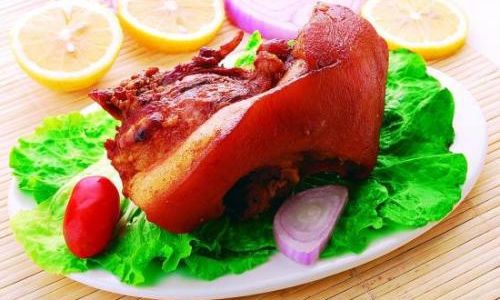
-
Simmering: Bring the liquid to a gentle boil, then reduce the heat to low. Cover the pot with a tight-fitting lid and let it simmer slowly. The cooking time can vary from 2 to 4 hours, depending on the size of the pig’s head and desired doneness.
-
Checking and Turning: Periodically check the pot, ensuring the liquid doesn’t dry out. If necessary, add more water or broth. Turn the pig’s head halfway through cooking to ensure even braising.
-
Testing for Doneness: The meat should be very tender, almost falling off the bone. A fork or chopstick should slide easily through the thickest parts, like the cheeks and ears.
Finishing Touches
-
Resting: Once cooked, remove the pig’s head from the pot and let it rest for at least 30 minutes. This allows the juices to redistribute, enhancing the flavor and texture.
-
Separating the Meat: Carefully separate the meat from the bone, discarding any bones, cartilage, and unwanted fats. The meat can be shredded, sliced, or left in larger chunks depending on the intended use.
-
Sauce Reduction: While the meat is resting, return the braising liquid to the stove and simmer until reduced to a thick, flavorful sauce. Strain out the spices and discard.
-
Combining: Mix the reduced sauce with the separated meat, ensuring each piece is well-coated. Adjust seasoning with additional soy sauce, sugar, or vinegar if needed.
Serving and Enjoying
-
Garnishing: Pig’s head meat is often served cold or at room temperature, making it an excellent addition to banquets, buffets, or as a standalone appetizer. Garnish with chopped scallions, sesame seeds, or cilantro for a burst of freshness.
-
Accompaniments: Pair with steamed rice, pickled vegetables, or a spicy dipping sauce for a balanced meal. It also complements noodles, dumplings, or stir-fries, adding depth and complexity to these dishes.
-
Storage: Leftovers can be stored in an airtight container in the refrigerator for up to a week. They can be reheated gently or enjoyed cold.
Troubleshooting and Tips
- Avoiding Overcooking: Pig’s head meat can become mushy if overcooked. Keep a close eye on the cooking time and test for doneness frequently.
- Adjusting Seasoning: Taste the braising liquid periodically and adjust seasoning accordingly. Remember, the flavors will concentrate as the liquid reduces.
- Using Bones for Stock: Don’t discard the bones after separating the meat. They can be used to make a rich, flavorful pork stock for soups, stews, or other braised dishes.
- Experimenting with Flavors: Feel free to experiment with different spices, herbs, and condiments to suit your taste preferences. For instance, adding hoisin sauce or Sichuan peppercorns can provide unique twists.
Conclusion
Braising pig’s head meat is an art that requires patience, attention to detail, and a love for culinary exploration. By following this comprehensive guide, you’ll be able to create a dish that balances rich, savory flavors with tender, gelatinous textures. Whether enjoyed as part of a festive feast or a simple family meal, braised pig’s head meat offers a satisfying, nutritious, and deeply rewarding culinary experience. So, don your apron, gather your ingredients, and embark on a journey to mastering the art of braising pig’s head meat. Your taste buds will thank you!

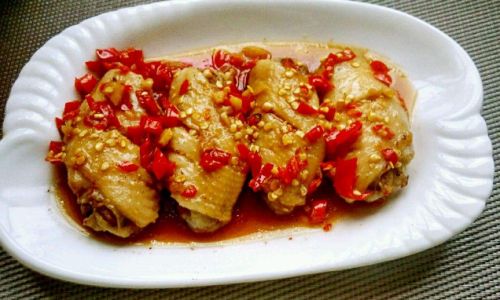
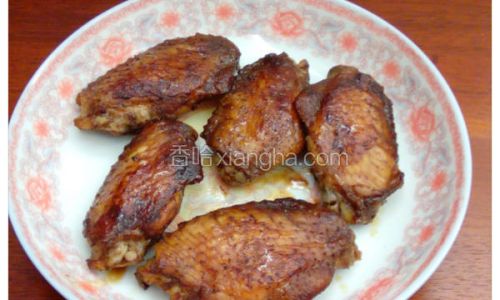
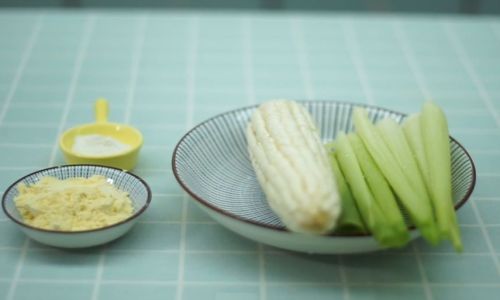
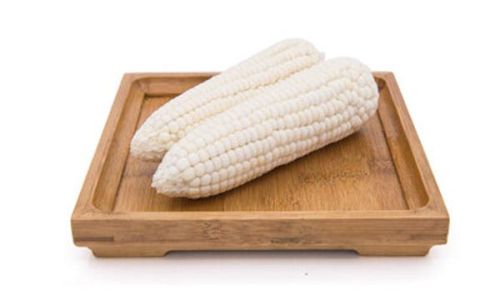
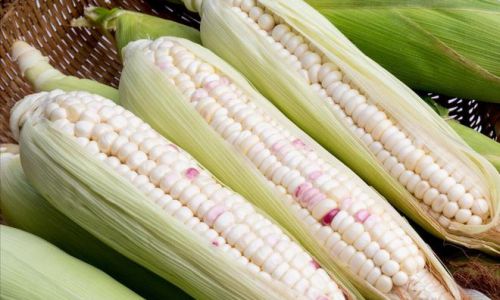
0 comments